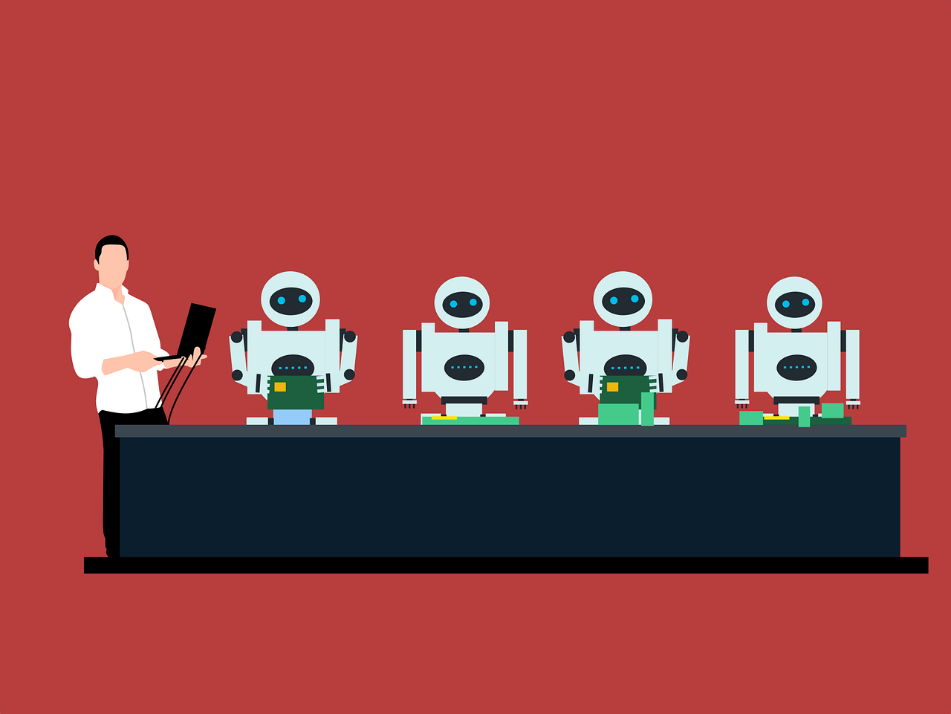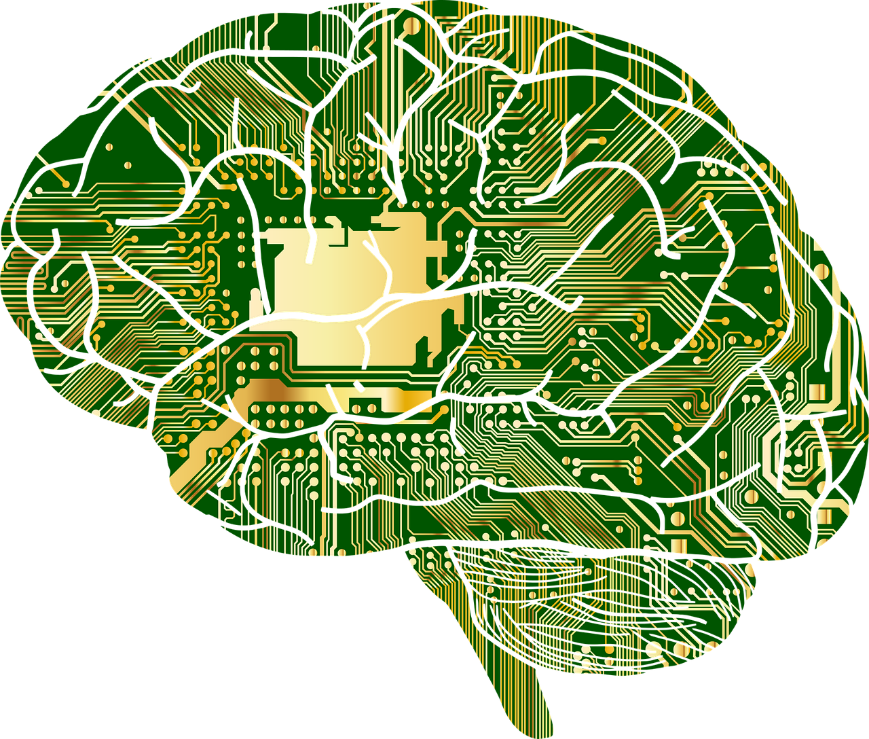AI-powered hydraulic robotics have a significant impact on improving manufacturing processes. Here are some ways in which AI can power hydraulics in manufacturing.

- Enhanced Efficiency: AI algorithms can power hydraulics in manufacturing and enable robots to optimize their movements, speeds, and energy consumption. By analyzing data from sensors and feedback systems, AI-powered robots can make real-time adjustments to improve efficiency in tasks such as material handling, assembly, and packaging. They can optimize paths, reduce cycle times, and minimize idle time, leading to increased productivity and reduced costs.
- Precision and Accuracy: AI algorithms enable robots to perform tasks with exceptional precision and accuracy. They can handle intricate operations that require tight tolerances, such as picking and placing small components, performing delicate soldering, or carrying out intricate machining. AI-powered robots can achieve consistent and reliable results, minimizing errors and rework, thereby improving product quality.
- Predictive Maintenance: AI algorithms can truly power hydraulics in manufacturing by monitoring the condition of hydraulic robots and predict maintenance needs as hydraulic robotic systems have plenty of moving parts. By analyzing sensor data, performance trends, and historical patterns, AI-powered systems can detect early signs of wear, potential failures, or required maintenance tasks. Predictive maintenance allows manufacturers to schedule maintenance proactively, reducing downtime and maximizing the lifespan of robotic equipment.
- Adaptive and Learning Capabilities: AI can power hydraulics in manufacturing to adapt to changing manufacturing conditions and learn from experience. By continuously analyzing data from sensors and incorporating machine learning techniques, these robots can adjust their behavior and optimize performance. Hydraulic robotics systems can therefore adjust themselves and adapt to variations in materials, environmental conditions, or production requirements, making them versatile and flexible for diverse manufacturing processes.
- Collaborative Work: AI-powered robots can collaborate with human workers in manufacturing environments. Robots can be equipped with advanced sensors and algorithms that allow them to operate safely alongside humans. They can detect and respond to human presence, ensuring efficient and secure human-robot collaboration. Collaborative robots can perform tasks that require physical strength or repetitive motions, freeing up human workers for more complex or cognitive tasks.
- Quality Control and Inspection: AI-powered robots can conduct real-time quality control and inspection processes. By integrating vision systems and AI algorithms, these robots can identify defects, anomalies, or non-compliance in products or components. They can perform visual inspections, measurements, and tests, ensuring that products meet the required quality standards. AI-powered robots improve the accuracy and speed of quality control processes, reducing the likelihood of defective products reaching the market.
- Continuous Improvement: AI-powered robots contribute to continuous improvement efforts in manufacturing. By collecting and analyzing data on performance metrics, process parameters, and product quality, AI algorithms can identify areas for optimization and provide insights for process enhancement. This continuous improvement mindset enables manufacturers to drive innovation, increase efficiency, and stay competitive in a rapidly changing market.

In summary, AI-powered robotics revolutionize manufacturing by enhancing efficiency, precision, adaptability, and collaboration. Through predictive maintenance, quality control, data-driven decision making, and continuous improvement, AI can power hydraulics in manufacturing robots by contributing to improved productivity, product quality, and overall operational effectiveness in manufacturing processes.
For more information on Powered Hydraulic Power Manufacturing In Los Angeles, contact Giltronics Associates with any of your questions or request.
